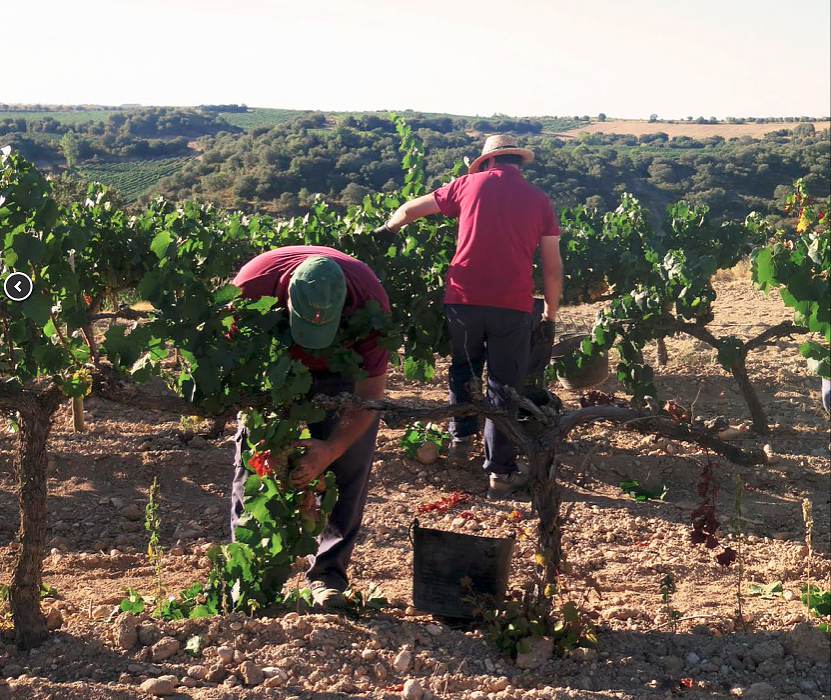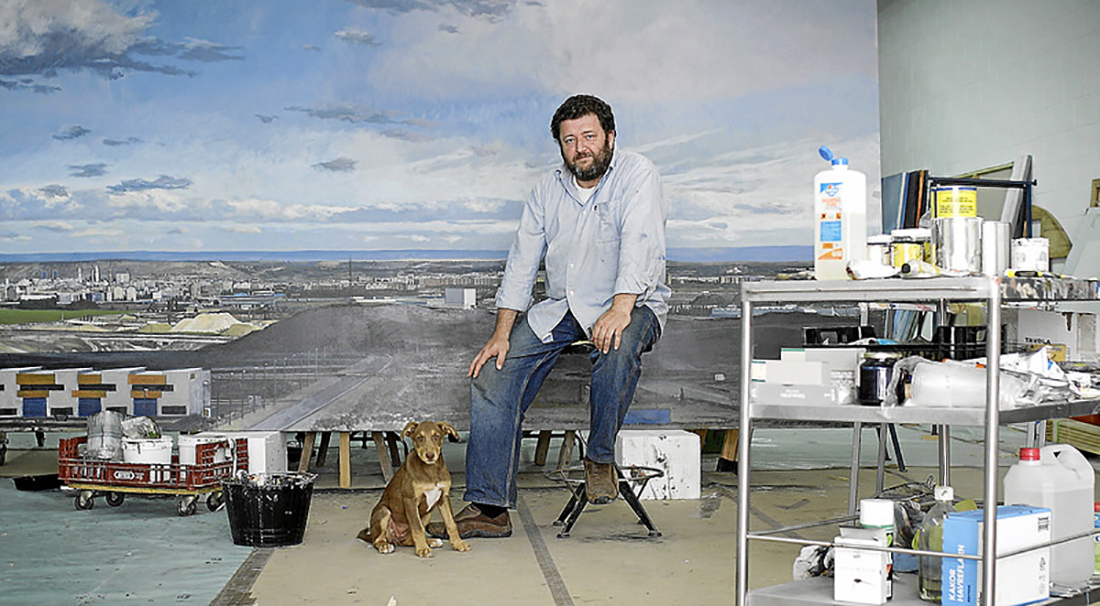Deep ruby color; red and black fruits, earth on the nose; plum, dark cherry, boysenberry, peppercorn, chocolate, oak spice and oak toast on the palate.

Dry; strong, earthy tannin—decant for best enjoyment. Plenty of oak after 18 months in new French oak following fermentation in stainless steel. The oak tends to overpower the ripe, dark fruits from this warm-vintage effort, especially at first. The winery notes the “harvest got underway on 13th August after a heat wave that hit the region with extremely high temperatures during both day and night.” Some of the characteristics of this wine likely came from the heat wave, and the winery’s efforts to deal with the resulting fruit.
Full body. Some balancing acidity, but tannins and oak prevail. I find this a bit disjointed, but those who like big, dark fruit and big oak will find things to like. Not jammy, but a bit raisiny on the medium finish. Throw 15% ABV into the mix, and this drinks like the Cali cab style of 30 years ago. 100% cabernet.
The wine is not filtered, so there is some sediment. Carefully decant, or pour through wire screen. I do both. Even after decanting, the wine improves with time in large glass, revealing some oak sweetness. This is big wine that gets better with the second glass—the higher alcohol helps there. If you decant into standard decanter, give it a couple of hours, and swirl the wine in the decanter every so often.

Enate’s vineyards in northern eastern Spain are farmed using strict environmental controls: no herbicides or chemical products to combat pests or disease, all fertilizer is organic. There are many certifications in the wine world (more than 400); Enate has been certified for environmental management since 2004, for quality management since 2000, and for food safety since 2005. All the grapes in this effort were estate grown.
Somontano is a Spanish Denominación de Origen (DO) established in 1984. Grapes have been grown in the area for more than 2,000 years. The name suggests Latin roots meaning “beneath the mountain”—a reference to the foothills of the Pyrenees to the north. Zaragoza/Aragon is municipal area most would recognize, although wine production is centered in Barbastro; Enate’s offices are located in Heusca, 50 miles northeast of Zaragoza/Aragon.
Enate was founded in 1992 with a lofty vision: the marriage of the art of winemaking with the, well, art of art. From the Enate website: “In the same way as a winery is unthinkable without wine, Enate accepted art as the very essence of its identity. The two concepts begin together and mutually enrich one another. Human beings are, essentially, creators of one kind or another and we naturally love the pleasures of life. In 1992, Enate made a formal commitment to pairing the two concepts, contrasting the almost mathematical expertise of a winemaker with the unpredictability of artists inspired by winemaking. Today, Enate is both a winery and a museum. It is both a wine shop and an art gallery and its character has been formed in the excellence of both. Its barrels and walls sum up the great wines of Spain, inhabited by the genius of the great Spanish and international creators.” Each label of the winery reproduces a work of a well-known artist, created especially for the winery. In the case of this bottle: Pepe Cerdá.
Enate Cabernet-Cabernet Somontano, Spain 2012 is fleshy, loaded with dark fruit and oak influence. Significant tannin and alcohol. Improves with air, decanting strongly recommended. Intense and distinctive, not for the faint of palate. Pair with smoked meats; grilled steak; pot roast; roasted meats; rich, marbled red meat; wild game; lamb. $23-25
Enate website with nice slide show and other features







